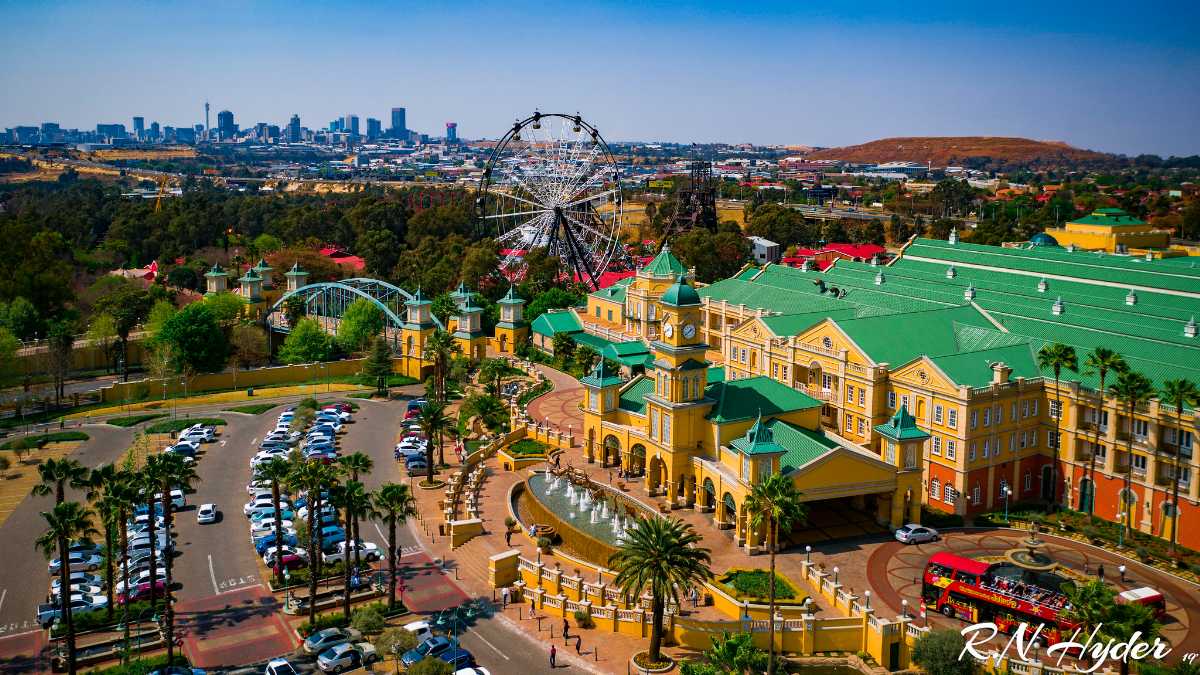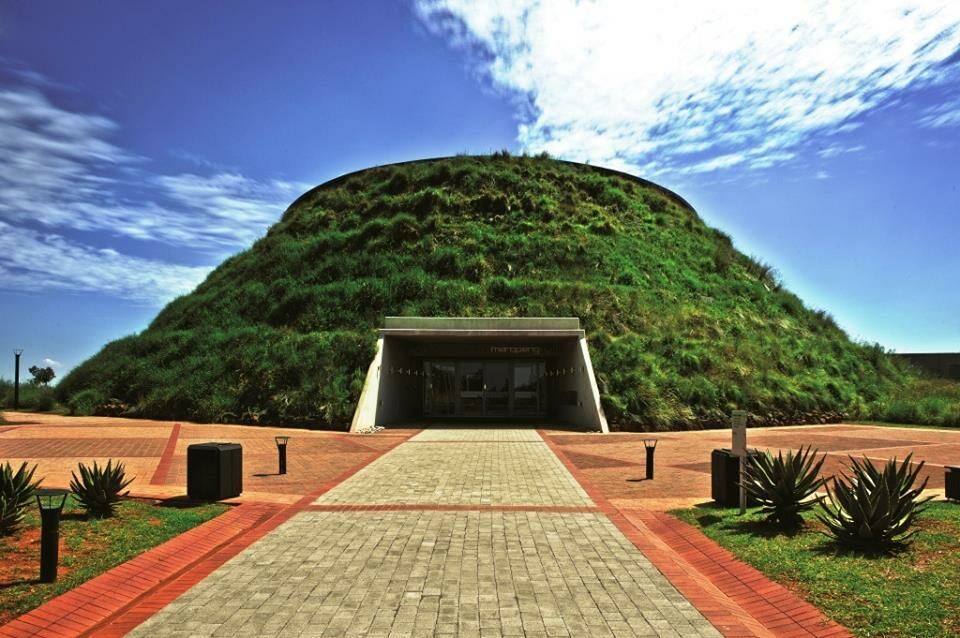What Does Johannesburg North Attractions Mean?
What Does Johannesburg North Attractions Mean?
Blog Article
Things about Johannesburg North Attractions
Table of ContentsJohannesburg North Attractions for DummiesHow Johannesburg North Attractions can Save You Time, Stress, and Money.See This Report on Johannesburg North AttractionsFacts About Johannesburg North Attractions UncoveredGet This Report about Johannesburg North AttractionsFascination About Johannesburg North AttractionsThe Of Johannesburg North Attractions
However you must maintain protection in mind and travelers must stay alert in any way times when in unfamiliar surroundings. Talk with the citizens when you are in community to discover the area you are remaining in. Johannesburg North attractions. When on the street (this does not relate to mall and other safe atmospheres) ideal general guidance is to try your ideal to appear like a neighborhood and to avoid presenting any type of form of riches
The Ultimate Guide To Johannesburg North Attractions
Professor Revil Mason O. J. (Thomson, 1946) checked out the Witwatersrand's pre-colonial background. His historical job exploded the 'em pty land' misconception, according to which the area was lacking human habitation before the arrival of European inhabitants. In his magazines Prehistory of the Transvaal: A Document of Human Activity (1962) and Origins of Black Individuals of Johannesburg and the Southern Western Central Transvaal Advertisement 3501880 (1986 ), Professor Mason demonstrated the level of social and financial growth in the location before Europeans established foot here.

More About Johannesburg North Attractions
In 1878, David Wardrop discovered gold in quartz veins at Zwartkop, north of Krugersdorp. In 1881, Stephanus Minnaar came across gold on the farm Kromdraai, near the Cradle of Mankind.
In March 1886, an outcropping (quickly to be called the Key Coral reef) was located, quite fortunately, on Gerhardus Oosthuizen's ranch Langlaagte. Some say that the Lancastrian coal miner George Pedestrian found this reef. One more itinerant English miner, George Harrison (who had previously operated in Australian mines) gotten a prospecting licence in regard of Langlaagte in Might 1886.
He made a decision to go on in a mission for greener fields, and disposed of his Langlaagte case for the princely sum of 10. Alas: beneath lay the richest goldfield ever before found. The discovery of this abundant auriferous reef provoked a gold thrill that signalled completion of bucolic tranquillity in the southerly Transvaal.
It would, within six years, come to be the biggest town in southerly Africa. Within a years, it would make the Z. A. R. until after that an anarchical and bankrupt little state the wealthiest nation in Africa. By the millenium, the Z. A. R. was to exceed Russia, Australia and the United States of America to come to be the globe's leading gold producer, generating greater than a quarter of the globe's gold.
Johannesburg North Attractions Can Be Fun For Everyone
It was known as Ferreira's Camp, called after Colonel Ignatius Ferreira. He was a Boer adventurer upon whom the British authorities had actually presented the condition of Buddy of one of the most Distinguished Order of St Michael and St George (qualifying him to the post-nominal letters C. M. G.) in appreciation for his duty in the war that had actually deposed the Pedi king Sekhukhune in 1879.
Quickly the camp was including camping tents and wagons see page as novices arrived daily from everywhere. By September 1886, some 400 people resided in Ferreira's Camp, which quickly boasted prefabricated iron and lumber buildings. Two various other camps were established: Meyer's Camp on the ranch Doornfontein, and Paarl Camp. The latter was nicknamed Afrikander Camp; several people from the Cape Swarm settled there.

The Buzz on Johannesburg North Attractions
This name got currency by word of mouth, such that the State Secretary attested the name to the view website Mining Commissioner on 9 October 1886. Stands in the village were auctioned on 8 December 1886. While some stands were marketed for 10, others were knocked down for as low as sixpence.
2 years later, these erven were to change hands for as long as 750 each. The tented camps dwindled as a dorp of corrugated iron structures established and increased north of the mines located along the Key Coral Reef Road. Locations such as Jeppe's Community (where working-class immigrants erected their houses) and Doornfontein (where the affluent new 'Randlords' started to create their opulent houses) were quickly added to the ever-expanding map of the town.
A Biased View of Johannesburg North Attractions
In addition to the road names, there were no indicators of Johannesburg being situated in a Dutch-speaking country. Numerous years later, C. W. Kearns O. J. (one of the very first children enlisted at St John's College in 1898) would recall: 'An odd reality about Johannesburg was that, although it was in the [Boer Republic], nearly everybody talked English and even the Government slaves dealt with one in English, unless they were first attended to in the Taal (or Reduced Dutch)'.
Thus, Britain had a rate of interest in making sure optimum problems for gold production on the Witwatersrand, which the gold was exported to London as opposed to Berlin an important rendered all the more clamant by the Z. A. R - Johannesburg North attractions.'s raising toenadering with Germany. Mine proprietors were on a clash with President Kruger, whose plan of monopolistic concessions (often provided to his cronies) stopped mining companies from acquiring materials of materials (specifically dynamite) and work by themselves, less expensive terms
Johannesburg North Attractions for Dummies
In 1890, the Volksraad had actually restricted the franchise to white guys that had stayed in the Z. A. R. for fourteen years or longer, hence disqualifying a lot of the immigrants (that took place to be the significant contributors to the fiscus). Nonetheless, frustration for the vote was a you can check here simple pretense for advertising a various agenda; a lot of uitlanders concerned themselves as short-term site visitors and had no intention of staying in the Z.
Report this page